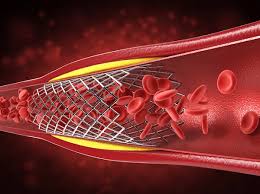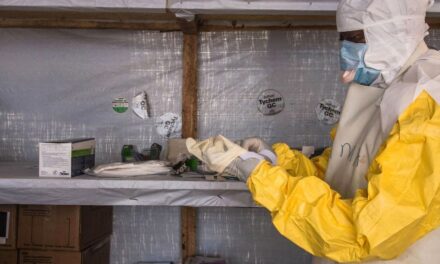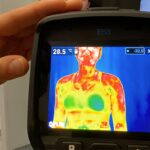Washington, DC, October 16, 2024 (PAHO) – The Pan American Health Organization (PAHO) has issued an epidemiological update on Oropouche virus disease (OROV), highlighting the importance of strengthening diagnosis, clinical management, prevention, and vector control measures in the Americas region.
Since the beginning of the year to early October, 10,275 confirmed cases of Oropouche were reported in nine countries in the region, the majority of which was in Brazil (8,258, including two deaths). Other affected countries include Bolivia, Colombia, Cuba, Ecuador, Guyana, and Peru. Imported cases were also reported in the United States (90 cases) and Canada (2 cases), linked to travel to countries with ongoing transmission. Furthermore, 30 additional imported cases were reported in Europe.
Since the last PAHO epidemiological alert was issued on 6 September, 423 additional cases of Oropouche were reported, including from two countries that had not previously reported cases, Ecuador and Guyana.
Oropouche fever is a viral disease characterized by high fever, severe headache, photophobia, muscle and joint pain, and generally resolves within 2 to 3 weeks. In some cases, it can cause more serious complications such as meningitis or encephalitis. Currently, there are no specific vaccines or antiviral treatments available, and management focuses on symptomatic relief.
In 2024, the virus has been detected in areas where transmission was not previously reported. Deaths associated with the infection have also been recorded, as well as cases of vertical transmission, including fetal deaths and congenital anomalies.
PAHO has requested that Member States report any unusual events related to the disease, including deaths associated with OROV and cases of possible vertical transmission, as this information is crucial for improving epidemiological surveillance.
The Organization emphasizes the need to strengthen epidemiological and entomological surveillance, and urges the implementation of vector control measures, given that OROV is primarily transmitted through the bite of the Culicoides paraensis midge. It also recommends promoting personal protection practices to avoid bites, especially for pregnant women and vulnerable populations.
PAHO encourages all Member States to follow the established guidelines for the detection and surveillance of Oropouche and to adopt a proactive approach in reporting cases and implementing control strategies.












